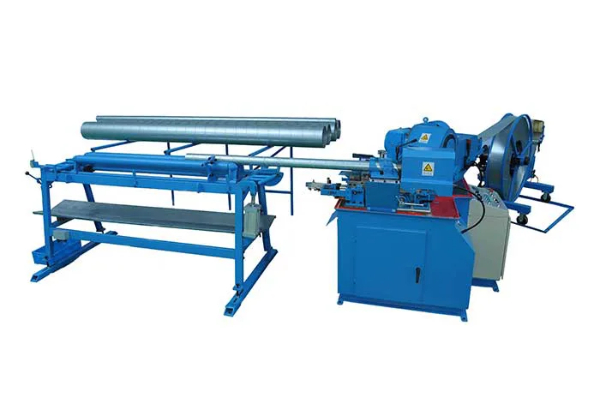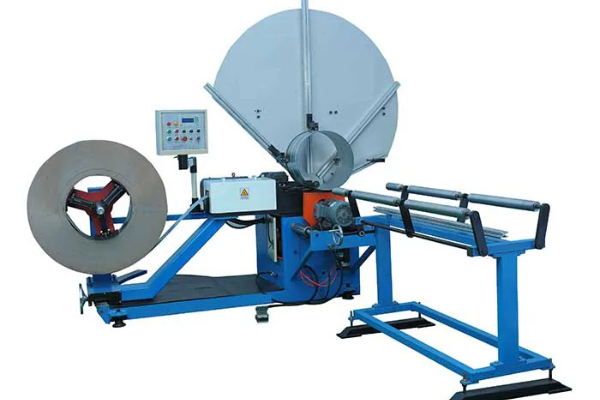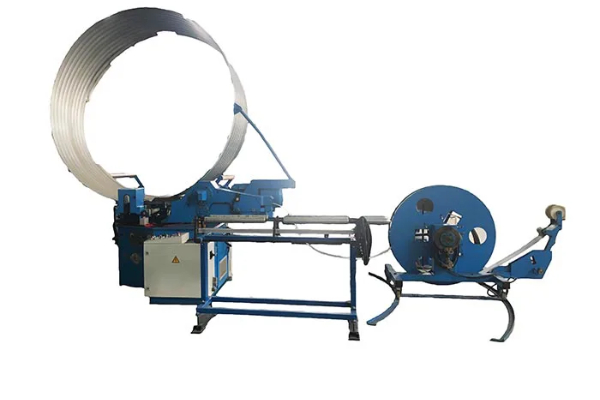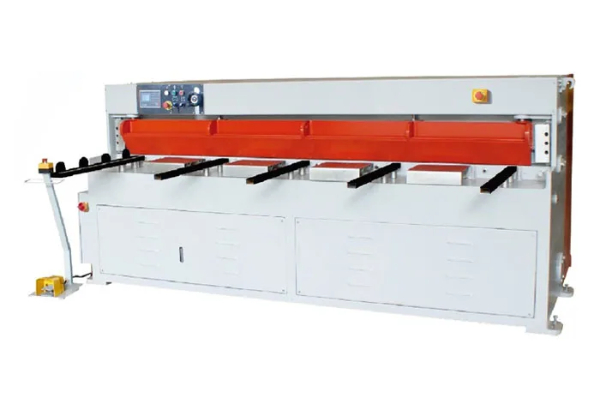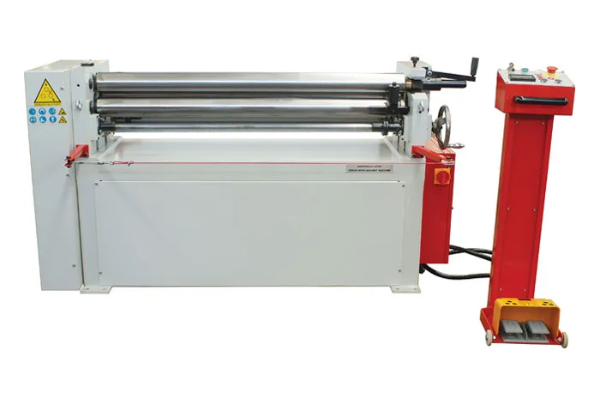
Creating Complex Shapes with Advanced Sheet Bending Techniques
- By:Metmac
- 2024-07-31
- 91
Introduction
Creating complex shapes from sheet metal involves bending and forming operations to achieve intricate contours and designs. Advanced sheet bending techniques offer precise and efficient methods for fabricating complex geometries, enabling manufacturers to produce bespoke components, prototypes, and functional parts with enhanced accuracy and repeatability.
Techniques for Complex Sheet Bending
Rotary Draw Bending
This technique utilizes a rotating draw die that wraps around the sheet metal, applying pressure along a curved path to form a smooth, cylindrical or conical shape. Rotary draw bending is suitable for creating bends with tight radii and intricate contours.
Press Brake Bending
Press brake bending employs a punch and die to bend sheet metal at a specific angle. Advanced CNC-controlled press brakes enable precise bending with complex geometries, including angles, flanges, and bends with varying radii.
Air Bending
Air bending uses a punch and die to pressurize air beneath the sheet metal, forcing it against the die to create a bend. This technique is particularly effective for bending thin materials and for producing bends with crisp edges.
Roll Forming
Roll forming involves passing the sheet metal through a series of sequential rollers, each progressively forming a different section of the shape. This technique is ideal for creating continuous lengths of complex profiles with high precision.
Applications of Advanced Sheet Bending
Aerospace Components
Advanced sheet bending techniques are crucial in the aerospace industry for fabricating complex structural components, such as fuselage panels, wing ribs, and engine casings, which require precise contours and high strength-to-weight ratios.
Automotive Industry
Sheet bending plays a vital role in automotive manufacturing, enabling the production of complex body panels, chassis components, and exhaust systems that meet specific design criteria and functional requirements.
Medical Devices
Advanced sheet bending techniques find application in the fabrication of medical devices, such as surgical tools, implants, and prosthetics. These devices require intricate shapes with precise dimensions and tight tolerances.
Benefits of Advanced Sheet Bending Techniques
Enhanced accuracy: Advanced techniques ensure precise bending and forming, eliminating manual errors and producing consistent results.
Increased complexity: These techniques enable the fabrication of complex geometries, allowing for innovative designs and optimized performance.
Improved efficiency: Automated processes and optimized tooling reduce production time and waste, enhancing productivity.
Cost savings: Advanced techniques minimize manual labor and scrap, leading to reduced production costs and increased profitability.
Enhanced structural integrity: Precision bending and forming create stronger and more durable components, ensuring optimal performance and longevity.
Conclusion
Advanced sheet bending techniques revolutionize the fabrication of complex shapes from metal sheets. These techniques enable manufacturers to achieve intricate contours, precise dimensions, and enhanced structural integrity, unlocking new possibilities for innovation in a wide range of industries, including aerospace, automotive, and medical device manufacturing. By embracing these advanced techniques, manufacturers can produce high-quality, cost-effective, and reliable components that meet the demands of today’s demanding applications.
-
Advanced Duct Machine AC and Fabrication Solutions from Metmac
2025/07/12 -
The Advantages of Using a Sheet Roll Forming Machine in Manufacturing
2024/09/14 -
How to Optimize Your Laser Sheet Cutting Machine for Maximum Performance
2024/09/12 -
How to Maximize Efficiency with Modern Sheet Metal Working Machines
2024/09/04
-
High-Precision Duct Forming, Cutting, and Bending Machines by Metmac
2025/07/12 -
Efficient Duct Board Cutter and HVAC Duct Machines for Sale by Metmac
2025/07/12 -
Efficient Laser Cutting Machines for Steel Plate and Sheet Metal Fabrication
2025/07/03 -
Versatile Sheet Metal Machinery for Precision Fabrication
2025/07/03
-
Innovations in Steel Strip Slitting Machine Design and Technology
2024/05/11 -
Improving Accuracy in Metal Fabrication with Laser Metal Shear Machines
2024/05/11 -
Latest Technological Advancements in Rectangular Duct Machines
2024/05/11 -
Integrating Automation with Rectangular Duct Machines for Enhanced Productivity
2024/05/11
-
A Guide to the Latest Innovations in Sheet Metal Folding Machines
2024/11/29 -
Key Features to Consider When Investing in a Sheet Metal Folding Machine
2024/11/28 -
Enhancing Precision with Advanced Sheet Metal Folding Machines
2024/11/27 -
How to Choose the Right Sheet Metal Folding Machine for Your Workshop
2024/11/26
